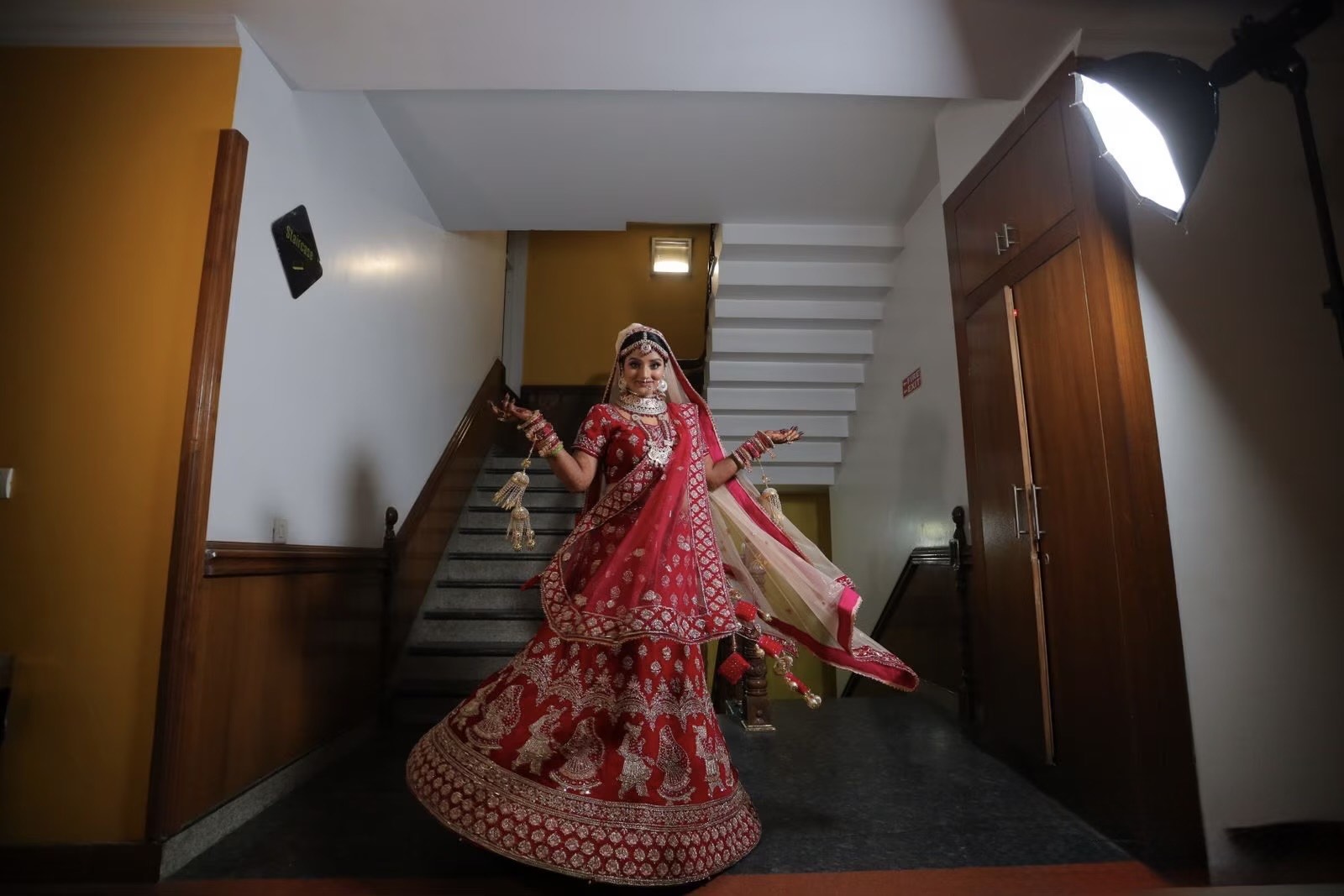Many companies utilize energy-efficient and ecologically friendly lighting due to rising power prices and greenhouse gas emissions. LEDs are the most popular. LED lights’ low energy usage, rapid starting, and high-quality light made them revolutionary. These lights save energy expenditures and brighten homes, offices, and outdoor spaces.
LED wholesale high bay lights are ideal for illuminating a big manufacturing facility, warehouse, factory, large department store, or gym. LED High Bay Lights illuminate huge rooms with high ceilings. But LED high bay lights vary in size, color, and lumens, some through chains + hooks, others via lanyards, and some directly mounted to the ceiling via brackets, so most customers aren’t sure which to choose. No worries with LED Light Expert. We’ll provide a thorough buyer’s guide for high-bay LED lights.
Table of Contents
Led High Bay Lights
Bay lights brighten huge, high-ceilinged spaces. High and low bay lights exist. Ceiling height is the main difference. High bay lights are installed over 12 feet. It’s named LED high bay light since it’s over 100W (10000lm).
High bay lighting is appropriate for big interior spaces. Manufacturing facilities, gymnasiums, warehouses, huge department shops, and factories need intense lighting to illuminate their enormous spaces. High Bay LED lights illuminate large distances and focus light more directly than incandescent lamps. For these uses, high bay lighting fixtures are suspended from the ceiling by hooks, chains, or pendants or fastened directly to the ceiling like troffer lights.
High bay illumination is used in these sectors:
- Warehouses, storage, garages
- Workshop, process plant, food processing factory
- Production gear
- School/University Gyms
- Municipal stations and amusement centers
- Department shops
Why High Bay Leds?
Before purchasing an LED light, you need to know why. High bay lights benefit:
Save Energy
LED fixtures provide lumens with less energy. LEDs cost cheaper to run than metal halide or fluorescent lights. LEDs and smart sensors reduce power expenses by 80% and save even more.
Lighting Distributions
Better light uniformity reduces LED light use with well-designed optics and layout. Good illumination and visual comfort are also possible.
Longevity
LEDs outlast HID metal halide and fluorescent bulbs by 10 times. LEDs typically last 100,000 hours. LED lighting lasts longer, reducing maintenance expenses.
Durability
LED High Bay Light Fixtures are virtually indestructible with IP66 and IK10.
Non-Toxicity
LEDs are eco-friendly and non-toxic.
Temp (CCT)
CCT describes light source color. Warm light sources have a 3500k CCT. Neutral light sources have 3500–4500k CCTs. Cold light source CCT exceeds 4500k.
Color Accuracy
LED CRIs vary. Choose CRI80 or CRI90 for industrial facilities with greater visual requirements. CRI70 can suit standard illumination needs.
Which LED High Bay Lights Should We Choose?
You’re building lighting standard (industrial area). Below are the lighting needs for a reformed area.
- Retail Store: Bright lighting attracts shoppers. Retail stores need 500 lux on the ground.
- Workshop: 500 lux improves worker comfort in high-precision machining workshops. Normal machining workplaces may use 300 lux.
- Warehouse: 200 lux is sufficient for transmission or storage warehouses. 300lux works for warehouse work areas.
High-Bay LED Type
UFO high bay lights are spherical. Linear high bay lights are rectangular. Modern LED technology packs a lot of light into a compact unit, so you may select the design.
Round Highbay Lights
UFO high bay lights have a round light panel with a smaller driver on top. They are the easiest high bay lights to install since they only need to be strung once. High ceilings suit round high bay lights. UFO LED high bay light is attractive in current applications because of its excellent performance, heavy-duty structure, circular shape, and powerful beams.
Lighting for Linear Highbays
They provide illumination for the majority of warehouses and grocery shops. There is no similarity between these high bay lights and T8 bulbs, despite their appearance. The illumination of larger structures is provided by linear high bay lights. Either lengthy and broad, or drawn out and narrow. Aisles and shelves can both benefit from the illumination provided by long linear high bay lights. Put lights in the aisles between your shelves to make them more visible.
Watts/Lumens
Lumens matter for high bay LED lights, not watts. As LEDs improve, their wattage will decrease. Height determines high bay light placement. Height affects wattage (lumen output). Examples:
- 12-16 feet, This height suits lamps with 12,000–15,000 lumens. The wattage is 80W to 100W for 150lm/W efficiency.
- 18-23 feet, 16,000–23,000 lumen lights work well at this height. Using 150lm/W efficiency, the wattage is 120W to 150W.
- 25-35 feet, 25,000–36,000 lumen lights work well at this height. Using 150lm/W efficiency, the wattage is 160W to 240W.
Lighting Spacing
LED high bay lighting should also consider light spacing. You can choose the optimal spacing from the four most prevalent scenarios.
- High brightness and uniform light require 12 feet separation at 15 feet. 15 feet is enough for typical brightness.
- High brightness and uniform light require 15 feet separation at 20 feet. 20 feet is enough for typical brightness.
- High brightness and uniform light require 20 feet spacing at 25 feet height. 25 feet is enough for typical brightness.
- High brightness and uniform light require 25 feet separation at 30 feet. However, 30 feet is plenty for regular brightness.
Illumination
The above lamp setup uses 110°-120° (Type 5S) optics, which is unsuitable for warehouse shelving illumination. If 110° optics are utilized in warehouses with long, narrow aisles, the light will shine above the shelves. These lights are unnecessary. High bay lights need good lighting distribution. The figure below shows shelf lighting uses of two popular lighting distributions. This illumination requires rectangular LED high bay lights.
Lighting Inspiration
Once you have established the wattage, distance, and distribution of lighting, it will be simple to compute the number of lights that are required. After establishing the size of the space and the level of illumination required, you may calculate the number of high bay lights required. You may also simulate lighting to evaluate fixture needs.











